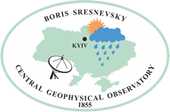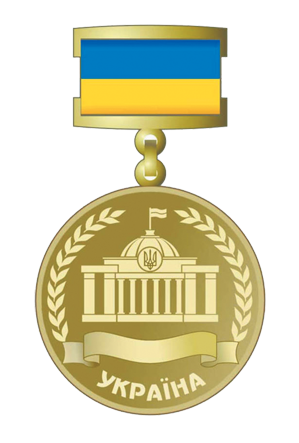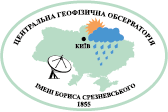About the direction_radioecology
 The issue of the radiation state of the environment remains a painful topic for the population of our country. The tragic events of April 1986, which caused significant damage to the environment and adversely affected people's health, are so deeply imprinted in our minds that their echo is still felt today, causing a lot of concerned inquiries about the radiation situation to environmental organizations and government agencies. And objectively speaking, such concerns are not always unfounded. Let's recall the high-profile events of recent decades - the Fukushima Daiichi accident in 2011, large-scale forest fires in the exclusion zone and the unconditional (mandatory) resettlement zone in 2015 and 2020, the release of ruthenium-106 radionuclide in 2017 from an unknown source outside Ukraine, the explosion at a military training ground in the Arkhangelsk region of the Russian Federation in 2019, which was accompanied by the release of radioactivity into the environment, as well as the most urgent threat to radiation safety today - the occupation of the Zaporizhzhia NPP and risks to its cooling system due to the emptying of the Kakhovka reservoir.
The issue of the radiation state of the environment remains a painful topic for the population of our country. The tragic events of April 1986, which caused significant damage to the environment and adversely affected people's health, are so deeply imprinted in our minds that their echo is still felt today, causing a lot of concerned inquiries about the radiation situation to environmental organizations and government agencies. And objectively speaking, such concerns are not always unfounded. Let's recall the high-profile events of recent decades - the Fukushima Daiichi accident in 2011, large-scale forest fires in the exclusion zone and the unconditional (mandatory) resettlement zone in 2015 and 2020, the release of ruthenium-106 radionuclide in 2017 from an unknown source outside Ukraine, the explosion at a military training ground in the Arkhangelsk region of the Russian Federation in 2019, which was accompanied by the release of radioactivity into the environment, as well as the most urgent threat to radiation safety today - the occupation of the Zaporizhzhia NPP and risks to its cooling system due to the emptying of the Kakhovka reservoir.
Despite the importance of the topic, not every Ukrainian citizen knows who exactly provides the public and government agencies with up-to-date information on the actual radiation situation. So let's clarify this issue.
Systematic radiation monitoring of the environment in our country has been carried out for many decades by the National Hydrometeorological Service of Ukraine, which performs regular observations on an extensive network that densely covers the entire territory of the country.
Although many people consider the beginning of radiation and environmental monitoring in Ukraine to be the sad year of the Chornobyl disaster, the organization of a network for monitoring radioactive contamination of the environment dates back to the 1960s. Its creation was necessitated by the need to assess the consequences of the use of nuclear energy in various spheres of human activity, primarily testing of nuclear explosive devices in the atmosphere. The radiometric network of the Ukrainian Hydrometeorological Service started with 16 observation points, and in the last pre-accident year it already consisted of 188 gamma radiation monitoring points and 29 air pollution monitoring points.
The Chornobyl accident gave a new impetus to the development of the radiation monitoring system in Ukraine. The State Hydrometeorological Service, taking into account the experience of radiation observations in previous years, was tasked with studying the state of radioactive contamination in Ukraine. Experts of the Service took an active part in assessing the scale of the Chornobyl disaster consequences, identifying and clarifying the contours of radioactive contamination zones. The information obtained served as a basis for developing programs of measures for radiation protection of the population.
Today, the range of tasks of the Hydrometeorological Service in the field of radioecological monitoring includes national background monitoring of the state of the surface atmosphere and surface waters in Ukraine, as well as independent monitoring of the state of the environment around operating nuclear power plants. New challenges related to wartime include ensuring the readiness of the Hydrometeorological Service to respond to radiation/nuclear accidents and strengthening the capabilities for early detection of radioactive substances in the environment.
An important task of radiation monitoring, in addition to tracking temporal and spatial changes in the characteristics of the radiation state of the environment, is to provide information support to public authorities for decision-making to ensure an adequate level of radiation protection of the population.







